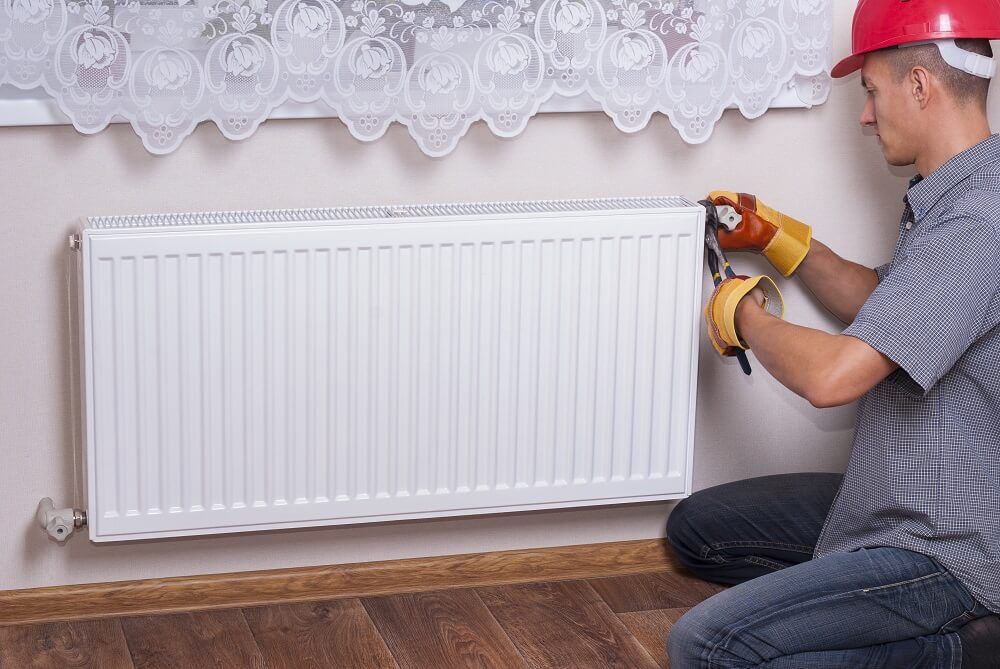The hydronic heating system is an inexpensive way of efficiently cooling your living place. It offers a dust-free environment without drying out the inside air of your home. With other heating systems such as HVACs and furnaces, health risks are possible, but hydronic systems reduce the majority of them without any hassle.
No fans, no ducts, and even no filters mean mould-free fresh air will be guaranteed. Hydronic heating systems are the best choice for Aussies in the cold months of June to August, keeping them safe from allergens. To keep them running smoothly, maintenance is necessary. In this article, we will be sharing some maintenance tips to ensure the efficient working of hydronic heating systems.
1) Checking of Boiler and Furnace
The boiler is just like the CPU of a hydronic heating system. To ensure optimal performance of your heating unit, you need to maintain the proper functioning of the boiler and furnace. Calcium or rusting inside the furnace or boiler can reduce its efficiency. You can remove the calcium deposits with the required quantity of chemicals, and rust can be scoured away while patching the holes created by it.
Care should be taken because the chemical can cause complications and health problems. That's why it's preferable to hire a professional to carry out the maintenance process on a regular basis.
2) Bleeding the Radiators
If the radiator of the hydronic heating system is colder at the top than that of the bottom, chances of trapped air in the system marginally increase. It's mandatory to remove this air from the system by bleeding the radiator. If ignored, it will strain the system causing it to underperform.
To carry out bleeding, turn off the heating system and insert the key. Once inserted, turn it counterclockwise for a quarter rotation. When doing this a hissing sound will be produced, indicating the removal of air. When water starts dripping, lock the valve. Make sure to cover your hand with some cloth or protective gloves so hot water doesn’t burn your hand.
3) Boiler Water Level
To enjoy the optimal performance of the hydronic heating system, the boiler water level must be maintained. Lower water levels will not produce enough heat to ensure full warmth conditions, thus compromising on the ideal inner room temperature. You can do it yourself and refill it whenever needed, but safety measures should be taken. If water levels are draining too quickly, consult a technician to offer a quick repair before it leads to any scalable damage.
4) Opening of Thermostat Valves
For the optimized performance of your hydronic heating system over an extended period, all thermostat heads should be kept open when the system is not in use.
Also, keep on checking for critters, as they can internally damage the whole heating system. If found, spray them or call the critter experts to remove them speedily to avoid any potential complications.
The Bottom Line
The hydronic heating system is an exceptional mechanism for ensuring warmth and comfort during the cold months of June to August. But throughout the year, and especially during cold months, maintenance is inevitable. If you are finding it hard to manage time for it, or some technical complication is hindering your path, calling an expert technician from Heating Experts will resolve your problems. We are offering same-day service throughout major cities of Australia. Feel free to contact our professional team whenever you need any assistance at 1300 100 040.
